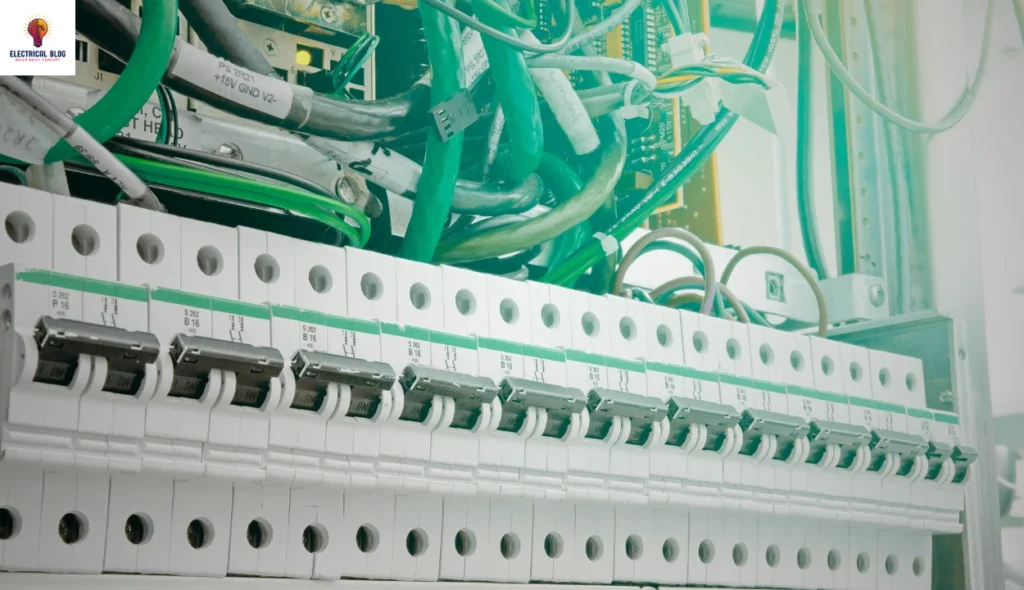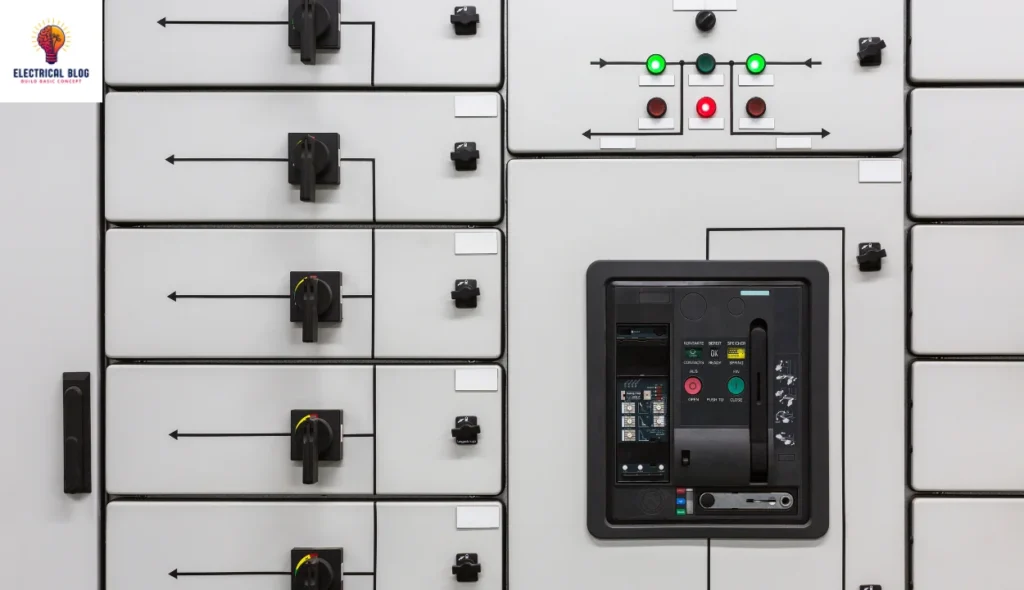Cooling Methods of a Transformer Explained
Introduction A transformer generates heat during operation, and if not controlled, it can lead to degradation of insulation, causing damaging effects on various parts. The rapidly rising temperature may result in failure, making proper removal and treatment of heat necessary for efficient operation. Effective cooling methods of a transformer ensures a longer life and higher […]





